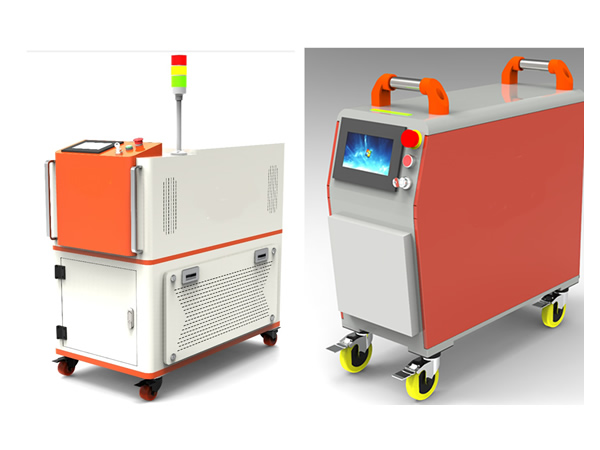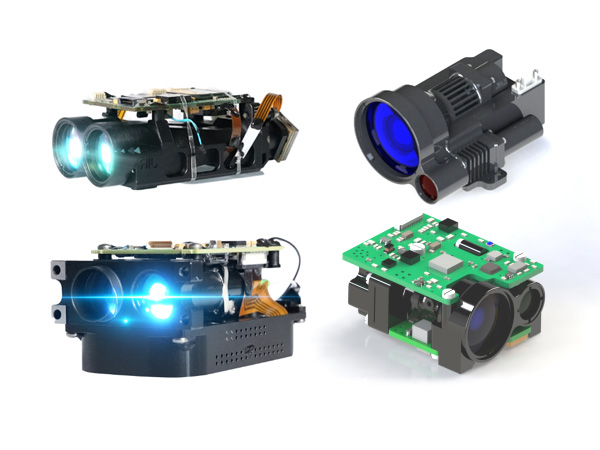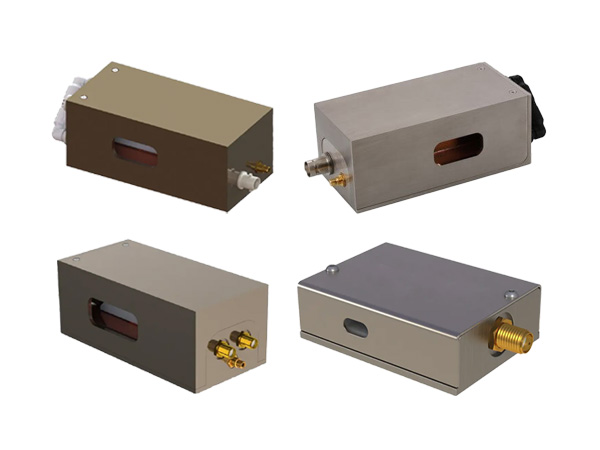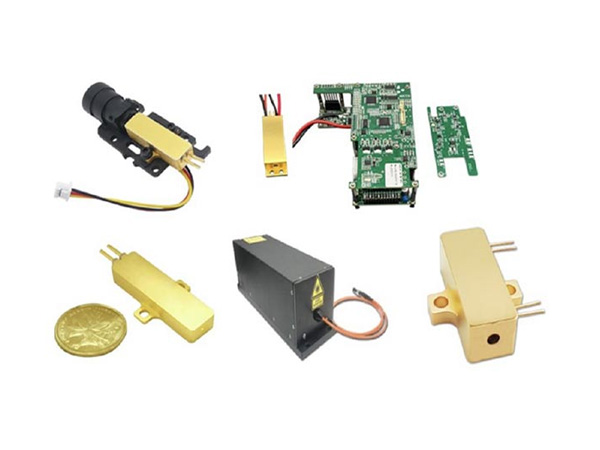CO2 vs Ceramic Lasers
There are several types of materials used to construct laser sources. The main body of a laser, containing the critical laser gas mixture, is referred to as a core. They can be made of metal, ceramic or glass.
History of Laser Development
Ceramic core lasers were developed in the 1970s for commercial applications as water-cooled, ion gas lasers. All metal laser technology has its genesis in military developments under Department of Defense contracts for the most demanding and mission critical applications. In the late 1980s, the military programs were complete; however, metal core laser development continued in order to make the highly reliable and serviceable lasers affordable for commercial and industrial applications.
Metal Laser Construction
Metal lasers are constructed from aluminum and go through a passivation (micro-coating) process during manufacturing building a thin, dense layer of ceramic (AL2O3) on all internal components eliminating the possibility of metal contact with the gas mixture. The very thin layer (just a few microns) does not impact
thermal conductivity. Both ceramic core and metal core lasers, are decontaminated and evacuated to high vacuum levels in the manufacturing process to remove any contaminates before gas fill; therefore, ceramic and metal lasers both offer contamination free cores.
Advantages of Metal Laser Sources
One of the key advantages of metal core lasers is ease of cooling. Only part of the electrical energy consumed by a laser is converted to laser power and the rest of this electrical energy is converted to heat. A CO2 laser’s gas mixture is sensitive to high temperature and removing excess heat is extremely critical. Metal is a much better choice for required laser cooling because the metal core transfers heat quickly in order to keep the laser mixture at optimal operating temperature.
Another distinct advantage of metal lasers is linear polarization. Laser beams with linear polarization can be combined into a single cross-polarized beam to produce a broader range of power options and deliver superior advantages in laser material processing. Since metal lasers are capable of producing linearly polarized beams, they can be used in systems compatible with multiple lasers. Current ceramic lasers produce randomly polarized beams that cannot be combined.
Finally, metal lasers can be easily serviced extending their useful life indefinitely. Well over 100,000 metal lasers have been manufactured in the last 20 years by Universal and other companies with many laser sources over 10-years-old remaining in service. Ceramic lasers could provide a reasonably long operational life but are not designed to be easily maintained due to the direct attachment of the laser resonator optics to the ceramic core using glue as a bonding and sealing material. Metal lasers use metal or semiconductor grade elastomeric seals. Metal lasers can operate for an extended time in the field before maintenance is needed and designed for long term reliability and serviceability.
Universal Laser Systems designs, manufactures and uses metal core air cooled CO2 lasers in its laser systems because they offer the broadest range of power options and unlimited laser lifetime for a vast list of laser material processing applications. When making a decision regarding a laser system, consider the advantages offered by metal lasers.
(Source: Universal Laser Systems. Inc)
 English
English Français
Français Deutsch
Deutsch euskara
euskara Русский язык
Русский язык Italiano
Italiano Português
Português Nederlands
Nederlands Polski
Polski Greek
Greek Lietuva
Lietuva Türkçe
Türkçe 日本語
日本語 한어
한어 中文
中文 தாமில்
தாமில் فارسی
فارسی हिंदी
हिंदी Tiếng Việt
Tiếng Việt ภาษาไทย
ภาษาไทย Pilipino
Pilipino Indonesia
Indonesia தாமில்
தாமில்





